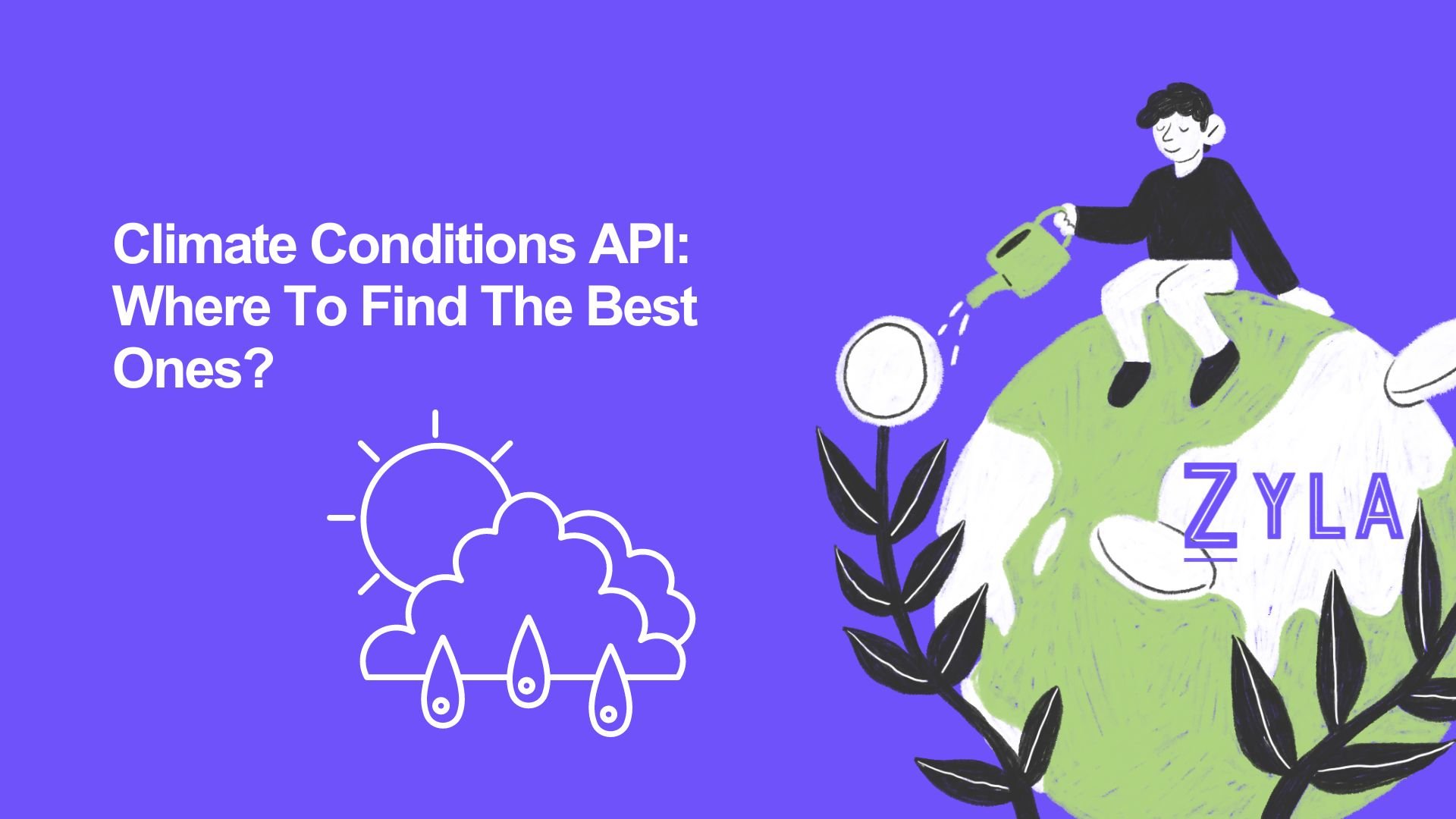Climate Conditions API: Where To Find The Best Ones?

In the contemporary landscape of technology and data-driven decision-making, a Climate Conditions API has emerged as indispensable tools for businesses and organizations across various sectors. These APIs provide access to a wealth of weather-related information, enabling users to make informed decisions and strategic plans based on accurate and reliable climate data. This article delves into the importance of these APIs, provides an overview of their functionalities, and discusses key factors to consider when selecting the right API for your needs.
Introduction To a Climate Conditions API
A Climate Conditions API is essential for impacting strategic planning initiatives and decision-making processes in many sectors. These APIs enable users to forecast, optimize operations, and seize opportunities in a dynamic environment by giving them access to historical climate data, real-time weather updates, and forecasting tools.
These technologies act as entry points to a wide range of weather data sources, enabling users to easily access and incorporate meteorological data into their systems and applications. Through the use of established protocols, they make it easier for developers to retrieve meteorological data and use it for a variety of applications, including resource management and weather forecasting.
Factors to Consider When Choosing An API
A number of considerations are made while choosing an API to make sure the selected option satisfies the user's goals and requirements. To make an informed choice, a thorough evaluation of these aspects is necessary, ranging from coverage and features to accuracy and reliability.
Since they immediately affect the caliber of decisions made using that data, the weather data supplied by the API must be accurate and reliable. To provide accurate and trustworthy weather forecasts, users must make sure the API uses cutting-edge algorithms and obtains its data from credible meteorological organizations.
When selecting a Climate Conditions API, comprehensive coverage and trustworthy data sources are crucial factors to take into account. Users should check the API's geographic coverage to make sure data is available for their particular location or area of interest. Furthermore, evaluating the API's dependability and credibility requires an awareness of the weather data sources it uses.
Zyla API Hub
Zyla was founded as a result of the observation that developers encounter comparable challenges when incorporating various APIs into their applications. By developing an API hub that provides a single account, API key, and SDK, they want to eliminate these barriers. Zyla decided to make its center publicly accessible in order to help developers by promoting the available APIs and hastening the release of new ones.
1) Select the API from your dashboard to begin testing. Simply click on the name of the API to go to its own homepage. This page contains all of the API's documentation, endpoints, and usage instructions.
2) The first step in running tests is to activate an API subscription. Make use of each and every seven-day free trial that is offered. It's important to keep in mind that during the trial period, there will only be one hub API accessible. Every hub API includes a test function. The API page has a testing section. From this menu, choose "Test Endpoint" and adjust the parameters as necessary.
3) To see the test results, go to the website. By learning more, you may assess the API solution's usability and usefulness for your project. Keep in mind that every time you use an API call for testing, you are losing a portion of your subscription.





